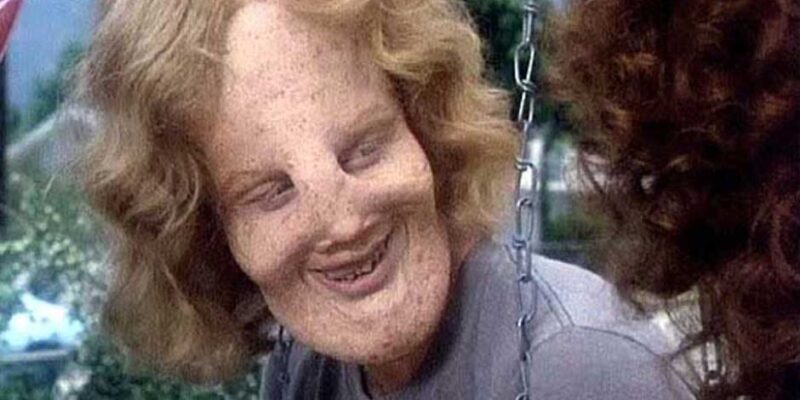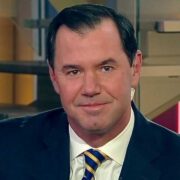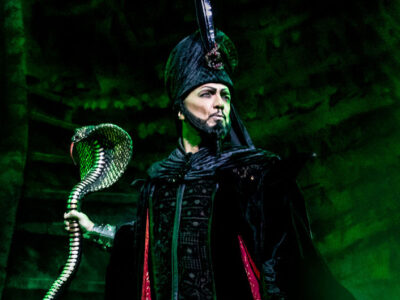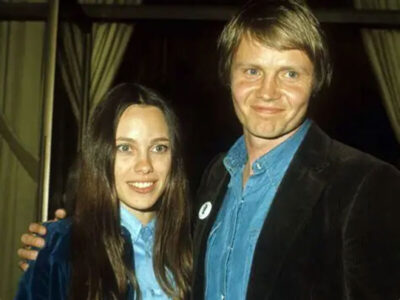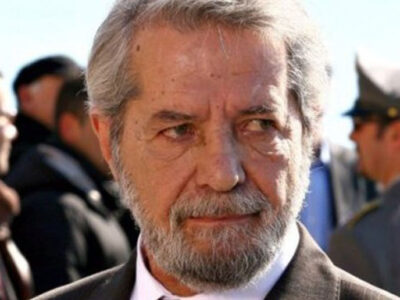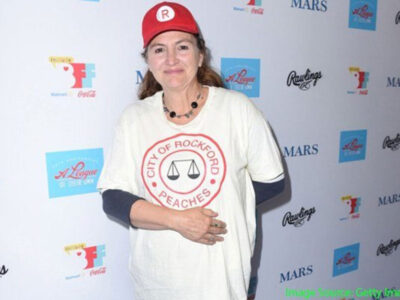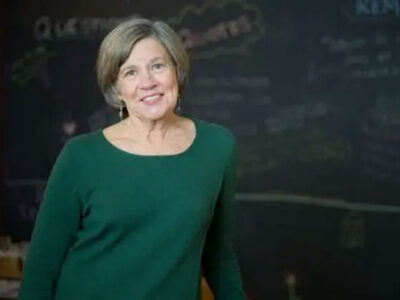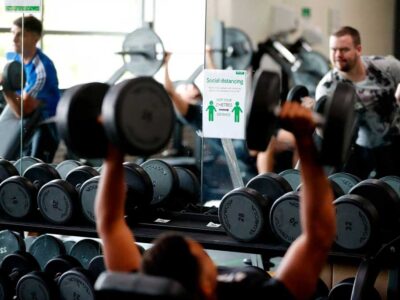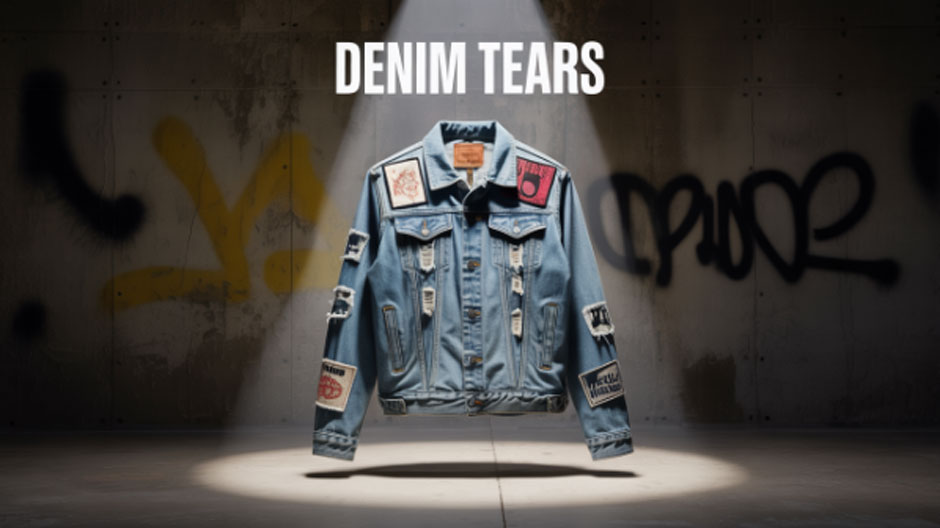Introduction – The Power of Unconventional Beauty
Let’s be honest – when you’re scrolling through Netflix or picking up a new book, it’s rarely the picture-perfect characters that stick with you long after the credits roll. Instead, it’s those wonderfully weird, unconventionally designed ugly characters that somehow worm their way into our hearts. You know the ones I’m talking about: Shrek with his green skin and questionable hygiene, or Quasimodo with his hunched back and kind soul.
These ugly characters aren’t just random design choices thrown in for shock value. They’re carefully crafted figures who challenge everything we think we know about beauty, heroism, and what makes a character truly memorable. And honestly? They’re often way more interesting than their conventionally attractive counterparts.
Think about it – how many drop-dead gorgeous protagonists can you actually remember from last year’s movies? Now compare that to how vividly you can picture Gollum’s bulging eyes or the Beast’s fearsome fangs. There’s something powerful happening here that goes way beyond surface-level aesthetics.
The Psychology Behind Ugly Characters
Here’s where things get really interesting. There’s actual science behind why we’re drawn to these unconventional characters, and it’s not just because we feel sorry for them. Psychologists have identified what they call the “underdog effect” – basically, we’re hardwired to root for characters who face extra challenges, including social rejection based on their looks.
When you see an ugly character overcome obstacles and find happiness, it hits different than watching a traditionally beautiful hero do the same thing. Why? Because deep down, most of us don’t see ourselves as the gorgeous protagonist. We see ourselves as the slightly awkward, imperfect person trying to make it in a world that often judges by appearances first.
This creates what researchers call “identification bias.” We project our own insecurities onto these characters, and when they succeed, it feels like validation for our own potential. It’s like the universe saying, “Hey, you don’t need to look like a movie star to be the hero of your own story.”
The contrast between ugly exteriors and beautiful souls also messes with our brains in the best possible way. When a character’s actions completely contradict our first impressions, it forces us to confront our own prejudices. Suddenly, we’re questioning everything we thought we knew about the connection between appearance and character.
Iconic Ugly Characters in Cinema
Cinema has blessed us with some absolutely unforgettable ugly characters over the decades. Take Freddy Krueger – that burned, nightmare-inducing face should be pure horror fuel, right? But somehow, Robert Englund’s darkly comedic performance made him weirdly charismatic. Fans actually started rooting for the guy, which is pretty messed up when you think about it.
Then there’s the Predator, whose alien features were specifically designed to make audiences uncomfortable. But the character’s warrior code and sense of honor earned grudging respect from viewers. It’s wild how a face full of mandibles and thermal vision can become iconic rather than just terrifying.
On the more sympathetic side, we have John Merrick from “The Elephant Man.” His severe physical deformities could have easily made him a one-dimensional victim, but the film revealed his gentle intelligence and dignity. Christian Bale’s skeletal transformation in “The Machinist” served a similar purpose – his appearance became a visual representation of his character’s psychological deterioration.
What makes these ugly characters work isn’t just their unusual looks. It’s that their appearance serves the story. They’re not ugly for the sake of being ugly – every scar, every unusual feature tells us something important about who they are and what they’ve been through.
Animated Ugly Characters That Stole Our Hearts
Animation is where ugly characters really get to shine, because artists can push boundaries without worrying about practical effects or actor limitations. Shrek completely revolutionized what we expected from animated protagonists. Before him, animated heroes were typically handsome princes or cute animals. An ogre as a romantic lead? That was unheard of.
But Shrek’s success proved that audiences were hungry for something different. His unconventional appearance made his journey more relatable – here was a character who’d been judged and rejected based on his looks, something many viewers could identify with personally.
Squidward Tentacles from “SpongeBob SquarePants” is another brilliant example. His elongated nose and perpetually grumpy expression perfectly match his pessimistic worldview. The visual design and personality work together so seamlessly that you can’t imagine him looking any other way.
Even villains benefit from this approach. Ursula from “The Little Mermaid” could have been just another scary sea monster, but her dramatic makeup and theatrical personality made her unforgettable. She’s threatening, sure, but she’s also fabulous in her own twisted way.
Literary Ugly Characters and Their Impact
Literature has been playing with ugly characters for centuries, often using them to make powerful social statements. Jane Eyre was revolutionary for its time because Charlotte Brontë deliberately made her heroine “plain” and “little.” In an era when female protagonists were expected to be beautiful, Jane’s strength came entirely from her character and intelligence.
This wasn’t just a stylistic choice – it was a direct challenge to society’s obsession with female beauty. Brontë was essentially saying, “A woman’s worth isn’t determined by her looks,” which was pretty radical thinking for the 1840s.
Modern literature continues this tradition. Hermione Granger’s “bushy hair” and “large front teeth” in the early Harry Potter books didn’t stop her from becoming a role model for millions of young readers. J.K. Rowling made it clear that intelligence and bravery mattered more than perfect features.
George R.R. Martin took this even further with Brienne of Tarth, who challenges both beauty standards and gender expectations. She’s tall, broad, and conventionally unattractive, but she’s also one of the most honorable characters in the entire series. Martin uses her appearance to explore themes of prejudice, self-worth, and what it really means to be heroic.
The Evolution of Ugly Characters in Modern Media
Something interesting has been happening in recent years – ugly characters are becoming more mainstream and accepted. Modern creators seem more willing to experiment with diverse character designs that reflect real human variety rather than idealized beauty standards.
Look at recent Pixar films like “Coco” and “Encanto.” These movies feature characters with different body types, facial features, and physical characteristics that actually represent how people look in real life. It’s a far cry from the cookie-cutter character designs of earlier animated films.
Video games have jumped on this trend too. Character creators now offer way more options for unconventional appearances, and some of the most popular game characters are deliberately designed to be unusual or even ugly. Players seem to prefer characters with personality over characters with perfect symmetry.
Social media has definitely played a role in this shift. Audiences are more vocal about demanding authentic representation, and they’re quick to call out unrealistic beauty standards. Creators have realized that diverse character designs don’t just make for better representation – they make for better storytelling too.
Why Ugly Characters Resonate with Audiences
The truth is, most of us don’t wake up looking like supermodels. We have bad hair days, weird facial expressions, and bodies that don’t match magazine covers. So when we see characters who share these imperfections, it feels refreshing and honest.
Ugly characters often have more developed personalities because they’ve had to compensate for their unconventional looks. They’re funnier, more creative, more empathetic, or more determined than their beautiful counterparts. They’ve learned that personality matters more than appearance, and that makes them infinitely more interesting to watch or read about.
There’s also something deeply satisfying about the “beauty and the beast” dynamic. Whether it’s Shrek winning Fiona’s heart or the Beast earning Belle’s love, these stories tap into our universal desire to be accepted for who we really are, not just what we look like.
The Art of Creating Memorable Ugly Characters
Creating a successful ugly character isn’t as simple as just making someone look weird and calling it a day. The best ugly characters have a careful balance between unconventional appearance and genuinely appealing personality traits. Their looks need to serve the story, not just exist for shock value or cheap laughs.
The key is avoiding harmful stereotypes. Just because a character looks different doesn’t mean they should be evil, stupid, or comic relief. Modern character design recognizes that unusual appearances don’t automatically determine personality traits – a lesson that real life has been trying to teach us for centuries.
The most effective ugly characters have agency in their own stories. They’re not just sitting around waiting for someone to rescue them or fix their appearance. They’re actively pursuing goals, forming relationships, and driving the plot forward just like any other protagonist.
Conclusion – Embracing the Beauty in Ugliness
Ugly characters have earned their place in popular culture because they represent something fundamentally human – the desire to be valued for who we are, not what we look like. They challenge us to look past surface appearances and find beauty in unexpected places.
As our society becomes more accepting of diversity and inclusion, these characters will probably become even more important. They remind us that the most interesting people are often those who don’t fit conventional molds, and that true beauty comes from character, kindness, and authenticity.
Next time you encounter an ugly character in a movie, book, or show, take a moment to appreciate what they represent. In a world that’s still pretty obsessed with perfect appearances, these characters stand as proof that there’s beauty to be found in every face, every story, and every person willing to look beyond the surface.
